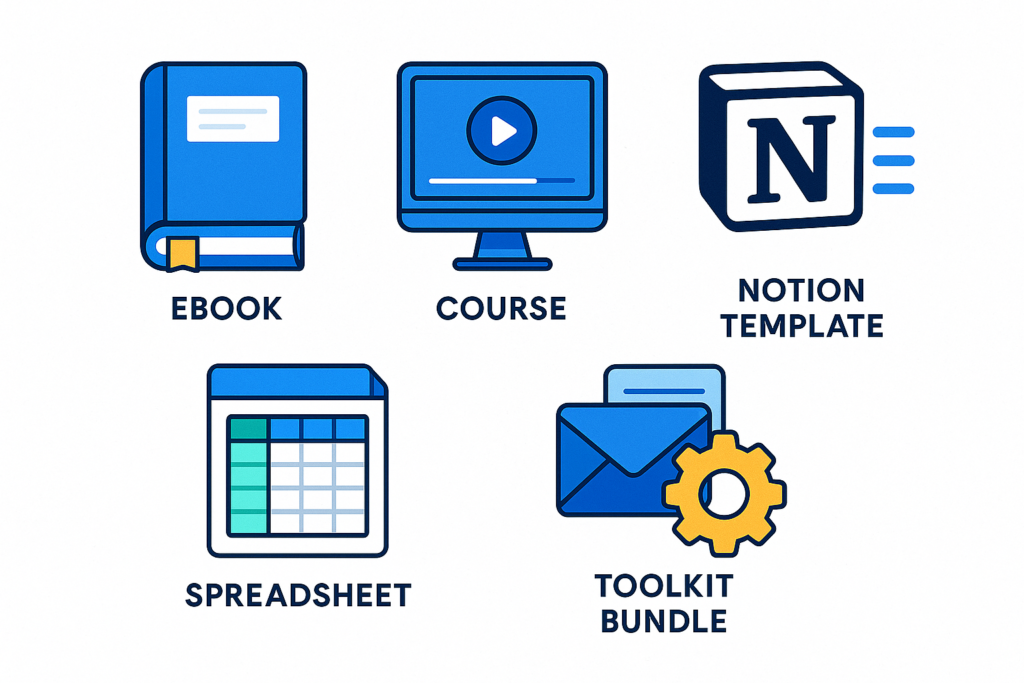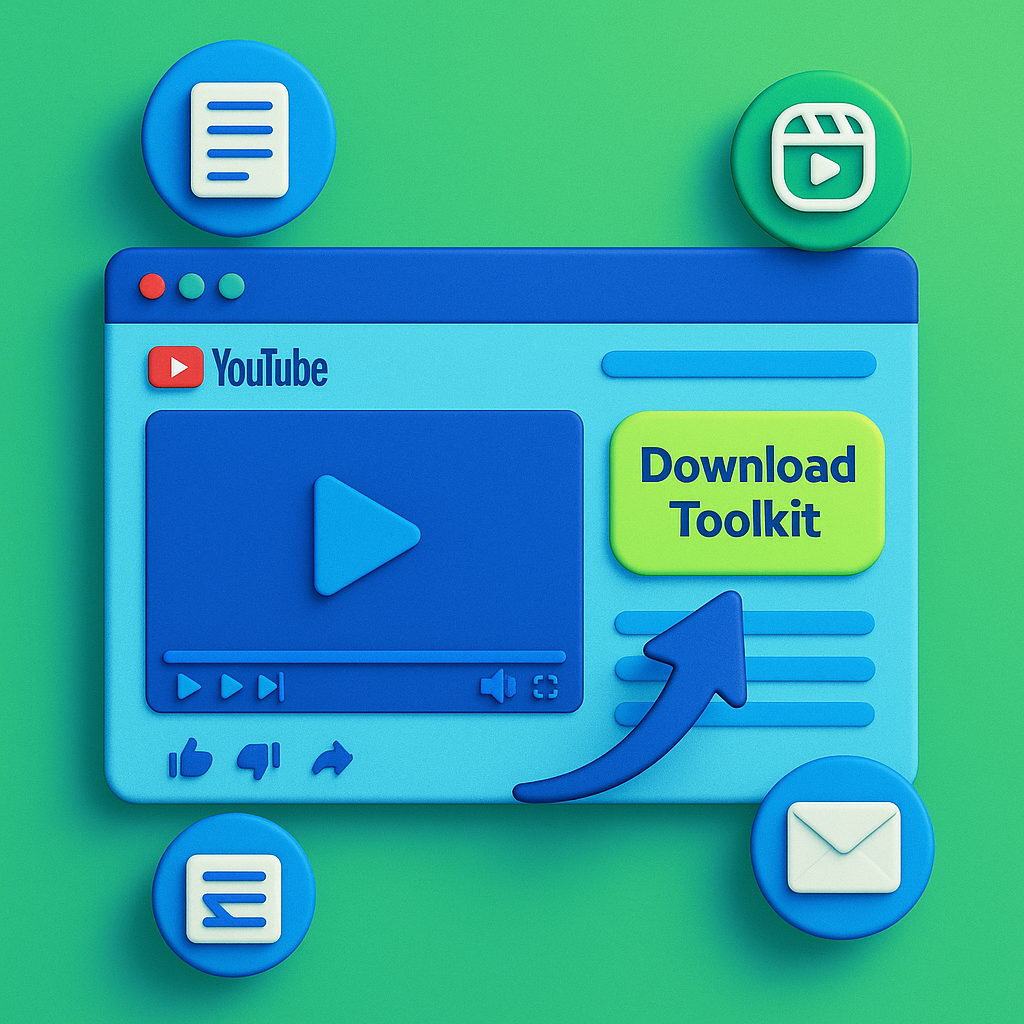There’s a certain magic in building something once and watching it generate income over and over again. That’s the essence of evergreen digital products: assets that continue to sell long after the initial work is done. And in the world of digital real estate, this is one of the most powerful models for passive income.
From templates and ebooks to online courses and toolkits, digital products have low overhead, high scalability, and the potential for long-term returns—if done right.
Let’s break down how to create and sell digital products that keep working while you sleep.
Start With What You Know (and What People Want)
The sweet spot lies at the intersection of your expertise and real-world demand.
Ask yourself:
- What do people consistently ask me for help with?
- What tools or knowledge have I built for myself that others might pay for?
- What problem can I solve better or simpler than others?
You don’t need to be an expert in everything. Just one focused solution is enough. Think: “How can I save someone time, money, or stress?”
For example, if you’ve built profitable niche websites, a digital product could be a step-by-step site planning template. If you’ve grown Instagram pages for flipping, maybe it’s a downloadable content calendar.
Choose the Right Type of Product
Digital products come in many forms, but some lend themselves more naturally to evergreen income. Here are a few standout options:
- Ebooks: Ideal for summarizing knowledge, guides, or frameworks.
- Online Courses: These require more upfront work but have high perceived value.
- Canva or Notion Templates: Perfect for creators or entrepreneurs looking to systemize.
- Spreadsheets & Calculators: Especially useful in niches like investing, budgeting, or analytics.
- Digital Toolkits: Bundles of PDFs, checklists, swipe files, and worksheets.
- Licensable Assets: Like icons, graphics, audio files, or code snippets.
The goal is simple: build once, sell repeatedly.

Build for Longevity, Not Just Trends
It’s tempting to chase a hot topic, but if you’re aiming for true evergreen income, you’ll want to avoid products tied to short-lived trends.
Choose topics that stay relevant over time, even if they evolve. Think personal finance systems, productivity methods, content planning, SEO checklists, or niche-specific toolkits.
A digital product that solves a long-standing problem will outperform a flashy one that fades in six months.
Packaging and Positioning Matters
No matter how valuable your product is, people won’t buy it if it looks like an afterthought.
Design a sleek landing page. Use compelling copy. Focus on benefits, not features. And don’t shy away from putting effort into product visuals. A professional mockup or preview can boost conversion rates significantly.
Even a simple Notion template will sell better if the offer is wrapped in clarity and confidence.
A tip here: Don’t just sell the product. Sell the outcome. You’re not selling a template; you’re selling a faster workflow. You’re not selling a PDF; you’re selling peace of mind.
Automate the Backend
Once your product is ready, set it up so that purchases, delivery, and customer communication all happen without your involvement.
Tools like:
- Gumroad, Lemon Squeezy, or Payhip for storefronts
- ConvertKit or MailerLite for email automation
- ThriveCart or Podia if you want upsells, funnels, or courses
You want to be in a place where someone in another timezone can buy your product, receive it instantly, and even get a follow-up email. All without your input.
That’s real digital asset power.
Keep It Alive With Content, Not Ads
Rather than spending on ads to maintain sales, tie your digital product into your organic content strategy.
A blog post, YouTube video, email series, or Instagram reel can work as ongoing marketing fuel. Create content that answers related questions and leads into your offer naturally.
This is where evergreen content meets evergreen products.
Imagine a YouTube video titled “How I grew my email list to 10,000 subscribers.” In that video, you link to your email list-building toolkit. Every time someone watches it, you have a chance at a sale on autopilot.

Final Thought: It’s a Digital Asset, Not Just a Product
When done right, a digital product isn’t just a one-off transaction. It’s a scalable digital property. It can become part of a larger ecosystem. Bundle it. License it. Sell it as part of a package deal later. Include it in an online course. Or even flip the entire brand.
The best part? Unlike services or client work, it doesn’t scale with your hours. It scales with your systems.
If you’re building your portfolio of digital real estate, start here. One product. One solution. One repeatable sale at a time.
